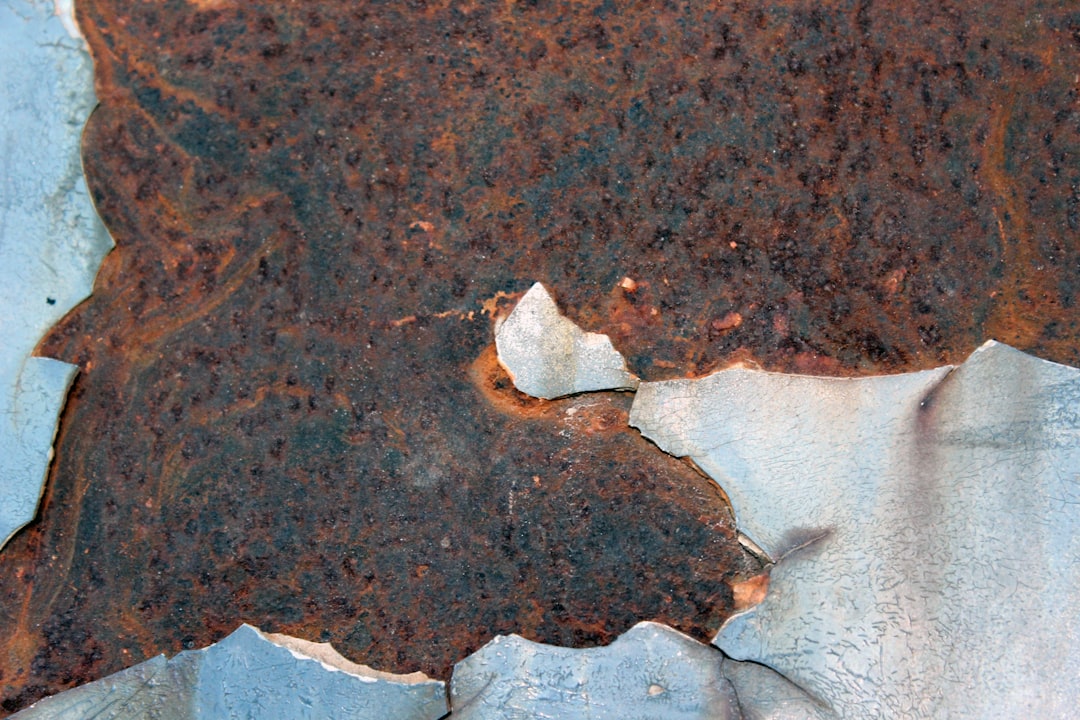What is it about?
Imagine α-quartz in which each (1 0 -1 1) plane is the composition plane of a Brazil twin. The result is then not a twin but a new crystal structure, called moganite, named after the town of Mogán in the south of Gran Canaria, where the mineral was first found. No pure moganite has been found in nature nor has it been possible producing it synthetically. At room temperature, moganite has space group C2/c. Various authors determined the moganite structure either experimentally or using density functional theory (DFT). Whereas the experimentally determined cell parameters agree reasonably well, the Si-O distances and O-Si-O angles vary wildly. On the other hand, the cell parameters obtained using DFT depend on the functional used, but the O-Si-O angles agree well and are close to the values of the structural model described above.
Featured Image
Why is it important?
We found that the oxygen tetrahedra in moganite are close in shape to the oxygen tetrahedra in our structure model based on Brazil twinning in α-quartz. This result has been confirmed in the Materials Project (https://materialsproject.org/materials/mp-12787/).
Read the Original
This page is a summary of: Comparison of experimental and theoretical results for the structure and elastic properties of moganite, Zeitschrift für Kristallographie - Crystalline Materials, January 2017, De Gruyter,
DOI: 10.1515/zkri-2016-1997.
You can read the full text:
Contributors
The following have contributed to this page










